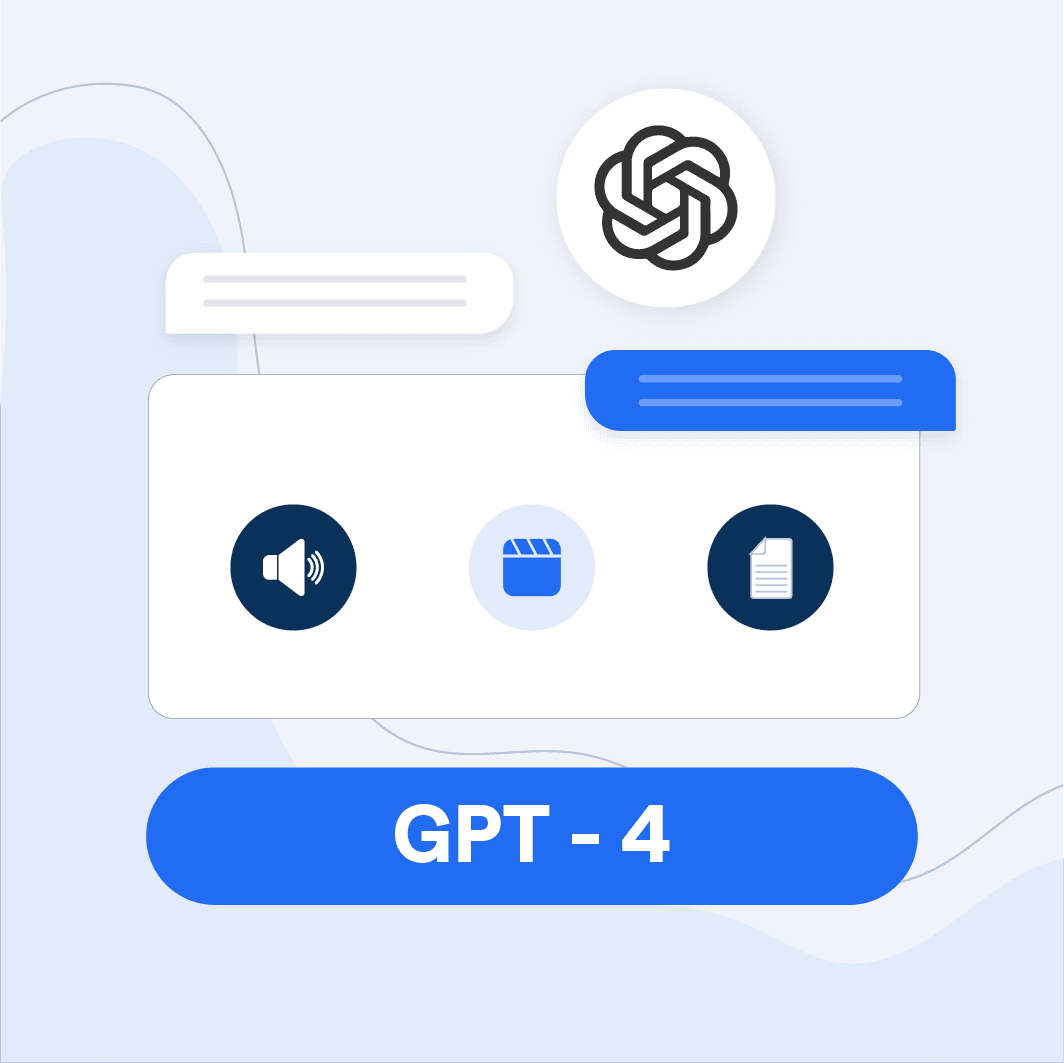What is GPT-4?
GPT-4, or Generative Pre-trained Transformer 4, is an anticipated state-of-the-art language model that builds on the success of its predecessor, GPT-3. It's designed to understand and generate human-like text by leveraging advanced machine learning techniques. GPT-4 is expected to offer even more impressive capabilities in natural language processing (NLP) and artificial intelligence (AI) applications.
History and Evolution
The GPT series has come a long way since its inception. Starting with GPT, which was introduced in 2018, the models have evolved dramatically, with GPT-2 and GPT-3 making significant leaps in performance and capabilities. GPT-4 is expected to build on these advancements and bring forth even more powerful language understanding and generation.
How does GPT-4 Work?
In this section, you’ll find the workings of the AI language model, GPT-4.
Transformer Architecture
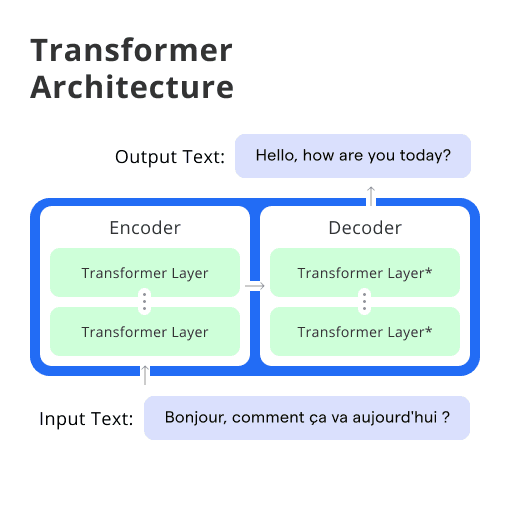
GPT-4, like its predecessors, is based on the Transformer architecture. It is designed to handle sequential data and parallelize computations effectively. Transformers use self-attention mechanisms to weigh the importance of different words in a sentence. Thus allowing the model to capture long-range dependencies and context.
Training and Fine-tuning
GPT-4 is trained on vast amounts of text data using unsupervised learning. This means the model learns patterns, structures, and relationships within the text without being explicitly told what to look for. Fine-tuning is the process of adapting the pre-trained model for specific tasks, such as translation or summarization, by training it on labeled data related to the task.
Tokenization and Context Window
Tokenization is the process of breaking text into smaller units, or tokens, which can be words, subwords, or characters. GPT-4 uses a tokenization technique that balances the trade-off between computational efficiency and capturing linguistic information. The context window is the maximum number of tokens the model can process at once, which affects its ability to understand long passages of text.
Why is GPT-4 Important?
If you’re wondering about the importance of the AI language model GPT-4 since it has already advanced GPT-3, then this section will assist you.
Natural Language Processing Advancements
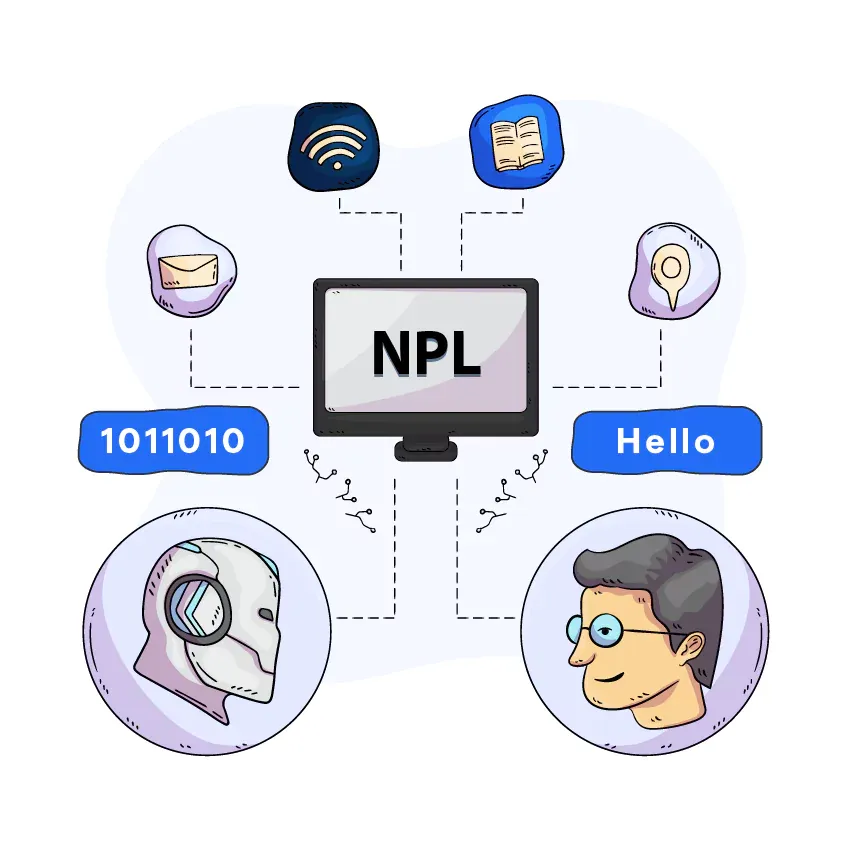
GPT-4 is expected to push the boundaries of NLP , making it easier for machines to understand and generate human-like text. This could lead to more advanced AI applications and better language understanding overall.
AI and Machine Learning Applications
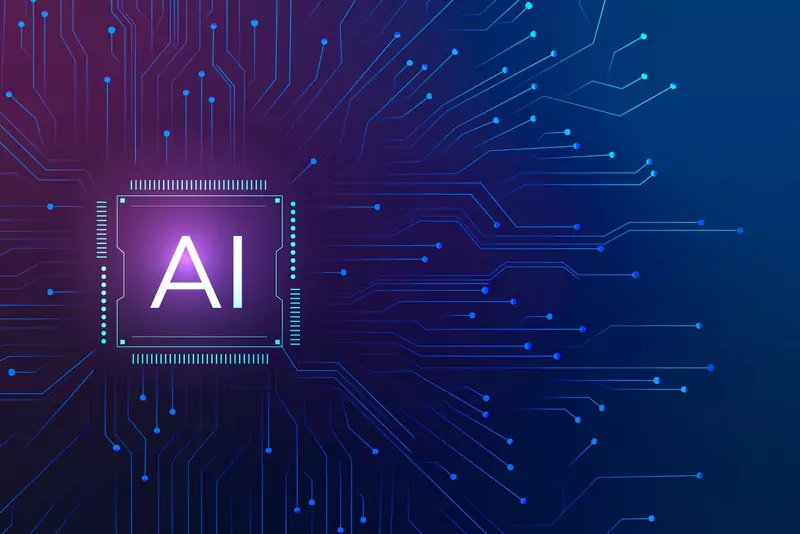
GPT-4's capabilities could open up new possibilities in AI and machine learning. It enables the development of more sophisticated conversational agents, improved translation services, and advanced content generation tools.
Impact on Industries and Society
With its powerful language understanding and generation capabilities, GPT-4 has the potential to revolutionize industries such as marketing, customer service, journalism, and more. It could also raise important ethical and social questions about the role of AI in our lives.
Where is GPT-4 Used?
The use of GPT-4 isn’t limited to one sector. This advanced AI language model has uses like:
Content Generation
GPT-4 can be used to generate high-quality, human-like content for a variety of purposes, such as blog posts, news articles, and social media updates.
Conversational AI
GPT-4's advanced language understanding capabilities make it an ideal candidate for developing conversational AI agents, As chatbots like BotPenguin can engage users in more natural and context-aware conversations.
Sentiment Analysis and Text Classification
GPT-4's ability to understand complex language patterns and relationships can be leveraged for sentiment analysis and text classification tasks, It also helps businesses analyze customer feedback, monitor brand reputation, and more.
When to Use GPT-4?
Knowing the uses of one of the most advanced AI language model, GPT-4., won’t be enough. So, here is when to use GPT-4.
Identifying Suitable Use Cases
GPT-4, like its predecessor GPT-3, is a powerful AI language model that can be utilized in various applications. Some suitable use cases include:
- Text generation: GPT-4 can generate human-like text for content creation, such as articles, blog posts, and social media updates.
- Text summarization: GPT-4 can condense long documents into shorter, more digestible summaries.
- Translation: GPT-4 can translate text between languages with high accuracy.
- Question-answering: GPT-4 can be used to develop chatbots and virtual assistants that can answer questions and provide information.
- Sentiment analysis: GPT-4 can analyze text to determine the sentiment or emotion behind it, which is useful for market research and customer feedback analysis.
Limitations and Ethical Considerations
While GPT-4 is an advanced and powerful tool, it also has limitations and raises ethical concerns:
- Bias: GPT-4, like other AI language models, can inherit biases from the data it was trained on. This can lead to biased outputs and perpetuate stereotypes.
- Misinformation: GPT-4 can generate misleading or false information, which can be harmful if not properly monitored.
- Plagiarism: GPT-4's ability to generate human-like text raises concerns about plagiarism and intellectual property rights.
- Privacy: The use of GPT-4 in applications that handle sensitive information may raise privacy concerns.
Who is Behind GPT-4?
The behind the scenes of GPT-4 is Open AI, as in:
OpenAI and its Mission
OpenAI, an AI research organization, is responsible for the development of GPT-4. Their mission is to ensure that artificial general intelligence (AGI) benefits all of humanity. OpenAI aims to build safe and beneficial AGI or help others achieve this outcome.
Key Contributors and Researchers
The development of GPT-4 involves a team of researchers and engineers at OpenAI. While specific contributors for GPT-4 are not yet known, the GPT-3 team included researchers such as Tom B. Brown, Benjamin Mann, Nick Cammarata, and many others. It is expected that a similar team would be involved in the development of GPT-4.
How to Implement GPT-4?
To implement the AI language model GPT-4, go through:
Step 1
OpenAI API
Users can access it through the OpenAI API, which provides a simple interface for interacting with the model. Developers can use the API to integrate GPT-4 into their applications, websites, and services.
Step 2
Integration with Third-Party Tools
GPT-4 can also be integrated with third-party tools and platforms, such as chatbot builders and natural language processing (NLP) libraries. These integrations make it easier for developers to utilize GPT-4 in their projects without extensive knowledge of AI and machine learning.
Step 3
Custom Model Training and Deployment
For advanced users, it may be possible to fine-tune GPT-4 on custom datasets and deploy the model on their infrastructure. This allows for more control over the model's behavior and output, as well as the ability to address specific use cases.
What is the Difference Between GPT-4 vs. Other Language Models
The difference between the AI language models like GPT-3, BERT, and Transformer-XL with GPT-4 are mentioned below:
GPT-4 vs. GPT-3
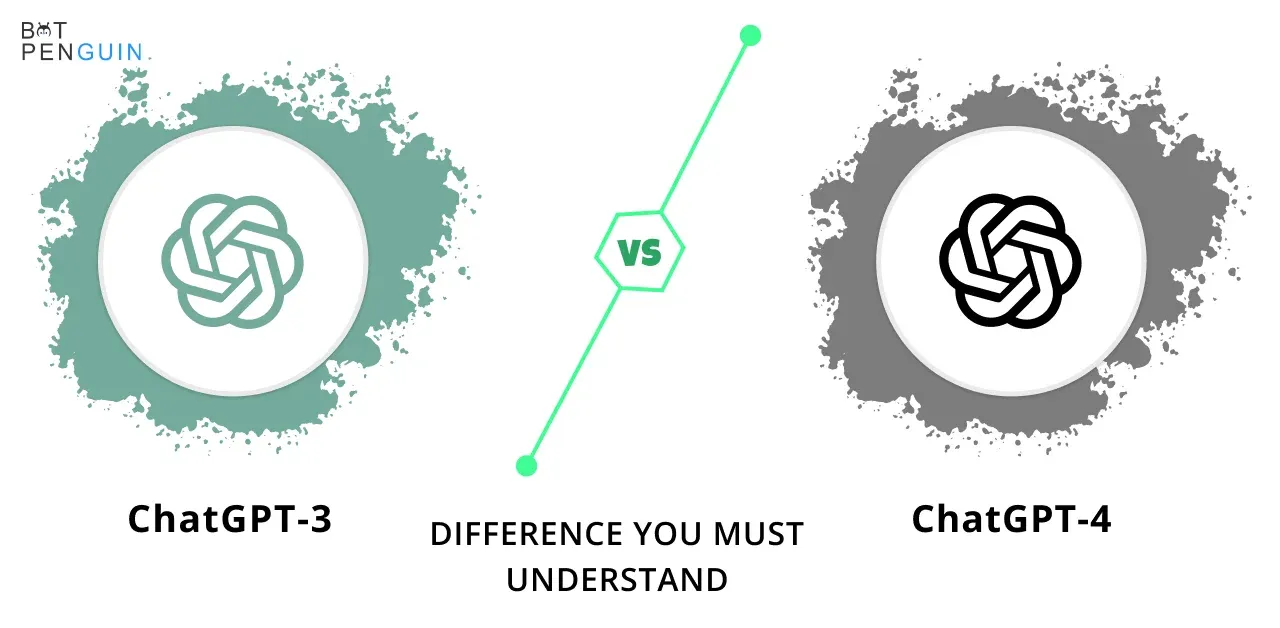
GPT-4 is an advanced version of GPT-3, featuring improved language understanding, increased contextual awareness, and enhanced generation capabilities. It handles complex queries more effectively, produces fewer errors, and exhibits better coherence in responses. Additionally, GPT-4 supports multimodal inputs, including images, providing a broader range of applications.
GPT-4 vs. BERT
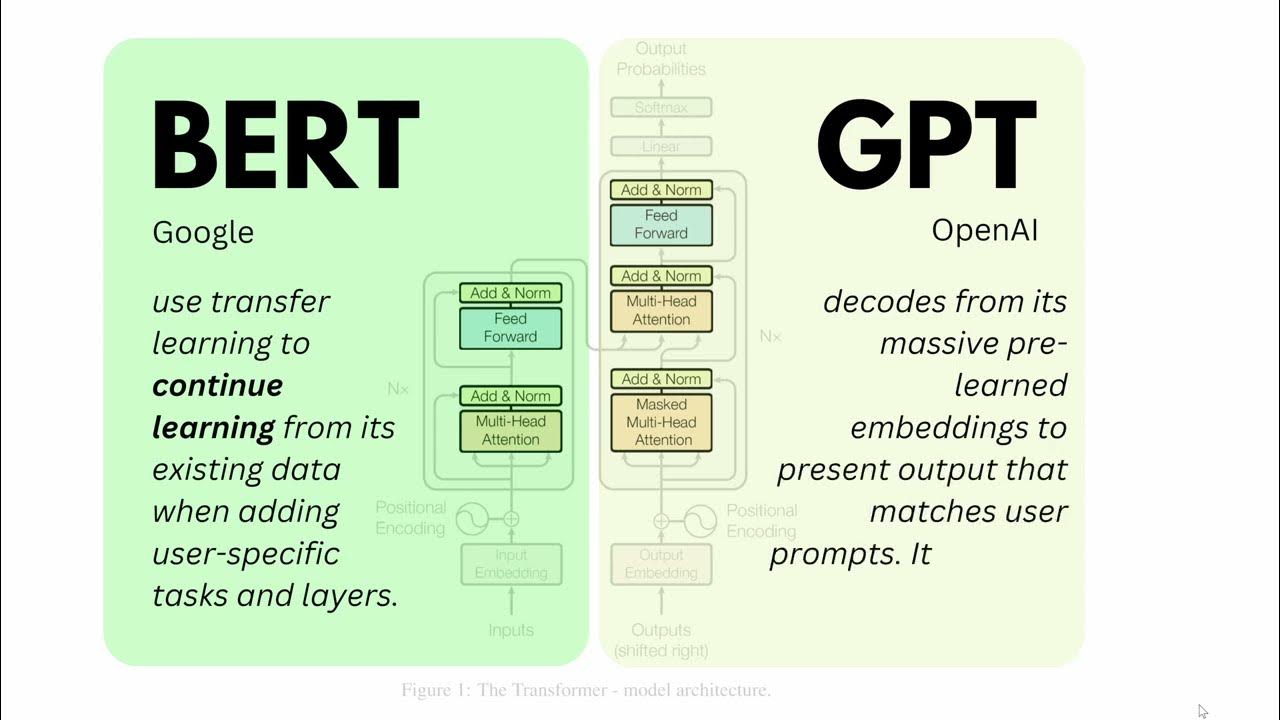
BERT (Bidirectional Encoder Representations from Transformers) is another popular language model developed by Google. While both GPT-4 and BERT are based on the Transformer architecture, they have different objectives and use cases. BERT is primarily used for tasks like text classification, whereas GPT-4 is more focused on text generation and completion.
GPT-4 vs. Transformer-XL
Transformer-XL is a language model that introduces a novel architecture for handling long-range dependencies in text. While GPT-4 is also based on the Transformer architecture, it is designed for a broader range of NLP tasks and is expected to have higher performance and capabilities.
Frequently Asked Questions (FAQs)
Is GPT-4 Safe to Use?
GPT-4, like any AI model, has potential risks and limitations. It is essential to use GPT-4 responsibly and consider the ethical implications, such as bias, misinformation, and privacy. OpenAI is committed to addressing these concerns and ensuring the safe development and deployment of AI models.
Can GPT-4 Replace Human Writers?
While GPT-4 can generate human-like text, it is not a complete replacement for human writers. Human writers possess creativity, empathy, and critical thinking skills that are difficult for AI models to replicate. GPT-4 can be used as a tool to assist human writers in creating content more efficiently, but it is unlikely to replace them entirely.
What is GPT-4?
GPT-4 is the anticipated next-generation AI language model from OpenAI, expected to have improved capabilities and performance compared to its predecessor, GPT-3.
How does GPT-4 differ from GPT-3?
While GPT-4 is not released yet, it's expected to have larger scale, better performance, and improved features compared to GPT-3, making it more powerful and versatile.
What are the potential applications of GPT-4?
GPT-4 could be used in various applications, such as content generation, translation, chatbots, code generation, and more, with enhanced capabilities compared to GPT-3.
